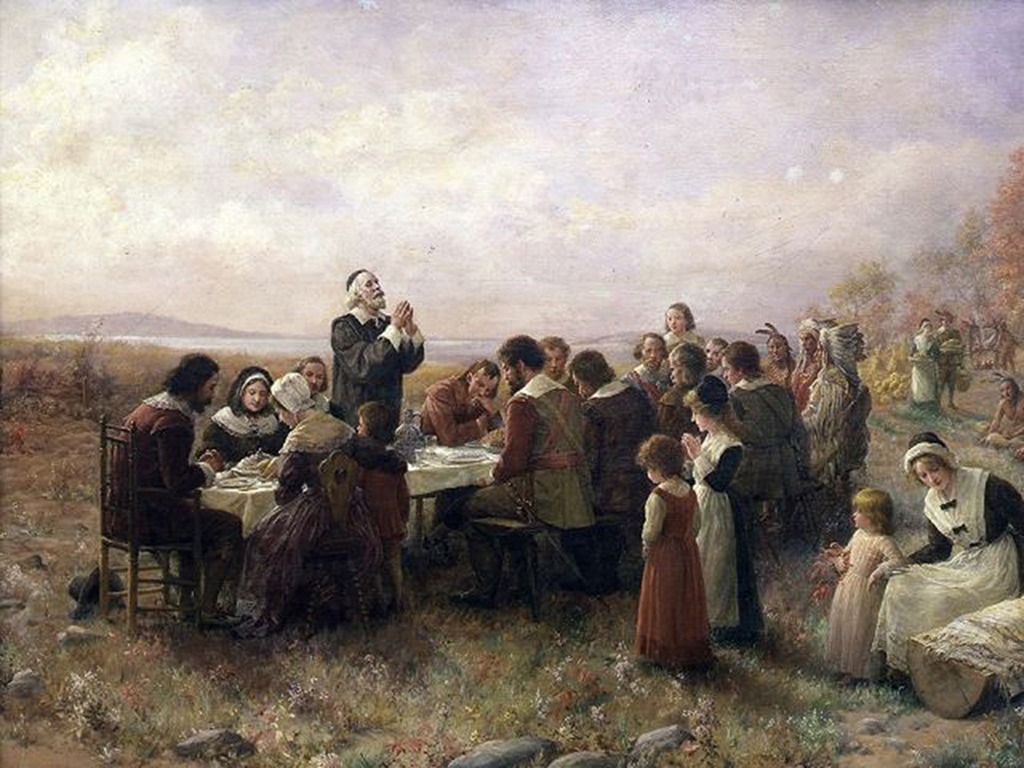
Oneida VS Hmong: Hmong Curriculum Overview by Meria Reese
Oneida vs. Hmong: Understanding Cultural Perspectives on Historical Events
Explore the parallels between Oneida and Hmong perspectives on cultural history and survival in Meria Reese’s curriculum overview. Delve into the symbolic connections between the Vietnam War and Thanksgiving as pivotal moments of loss for these communities. Learn more at www.uwosh.edu.

Oneida vs. Hmong: Cultural Perspectives on Historical Events
History often serves as a lens through which cultures interpret their struggles and triumphs. The Oneida Nation and the Hmong people offer compelling examples of how historical events, like Thanksgiving for Native Americans and the Vietnam War for the Hmong, signify pivotal turning points in their cultural narratives. This blog delves into the thought-provoking parallels between these two communities, inspired by Meria Reese’s curriculum overview.
The Symbolism of Thanksgiving for the Oneida
For the Oneida Nation and many Native Americans, Thanksgiving is a bittersweet reminder of their history. While widely celebrated in the U.S. as a symbol of gratitude and togetherness, for Native Americans, it marks the beginning of cultural erosion, displacement, and loss of sovereignty.
The “First Thanksgiving,” often idealized in American culture, contrasts sharply with the reality faced by Native peoples — a series of broken promises and colonial violence. This perspective challenges the mainstream narrative and highlights the resilience of Native communities.
The Vietnam War and Its Impact on Hmong Identity
Similarly, the Vietnam War marked the first stage of significant cultural upheaval for the Hmong people. The war disrupted their way of life in Laos, forcing many to flee and adapt to life as refugees in foreign lands. For the Hmong, the war represents not just a political conflict but the loss of their homeland and cultural identity.
Much like the Oneida, the Hmong have had to navigate a complex relationship with the dominant societies they now inhabit, striving to preserve their traditions while adapting to new environments.
Parallels Between the Oneida and Hmong Experiences
Meria Reese draws an intriguing comparison between these two historical experiences, noting how both signify “first stages of failure” for their respective ways of life. While the Oneida’s challenges began with colonial settlement and the mythos of Thanksgiving, the Hmong’s struggles were sparked by the geopolitical forces of the Vietnam War.
Both communities have since demonstrated remarkable resilience, finding ways to honor their traditions and educate others about their histories. These shared experiences foster a deeper understanding of cultural survival and adaptation amidst adversity.
Why Understanding These Perspectives Matters
Comparing the Oneida and Hmong experiences challenges us to reexamine dominant historical narratives. It underscores the importance of cultural diversity and the need to amplify voices that have been historically marginalized. By doing so, we gain a richer, more inclusive understanding of history and its impact on different communities.
Conclusion: The experiences of the Oneida and Hmong people illustrate how historical events shape cultural identities and narratives. By exploring these perspectives, we can honor their resilience and ensure their stories are not forgotten.
For more insights into cultural histories, visit UW Oshkosh.
References and Further Reading
- Oneida VS Hmong: Hmong Curriculum Overview by Meria Reese | Oneida vs Hmong | Www.Uwosh.Edu





While the Oneida and the Hmong are from opposite sides of the world, there are many similarities that these two cultures possess from their religious beliefs and myths to their traditions and celebrations.
A well-written overview